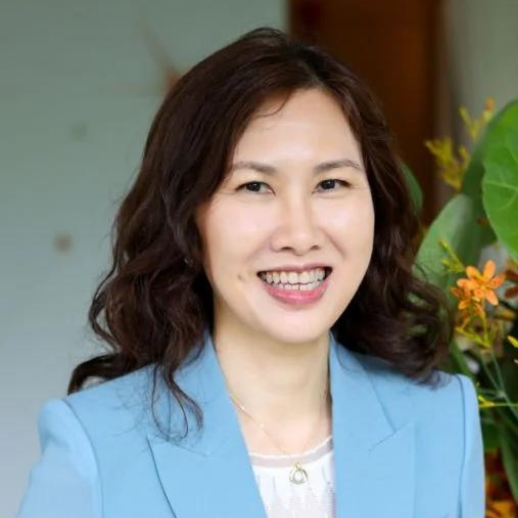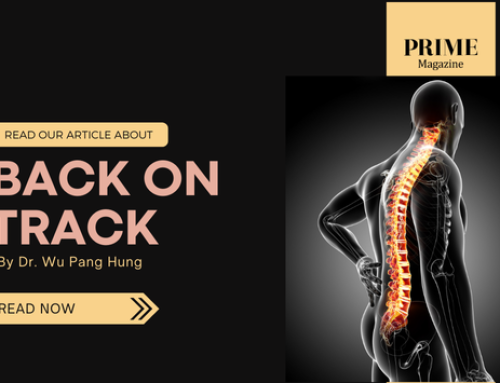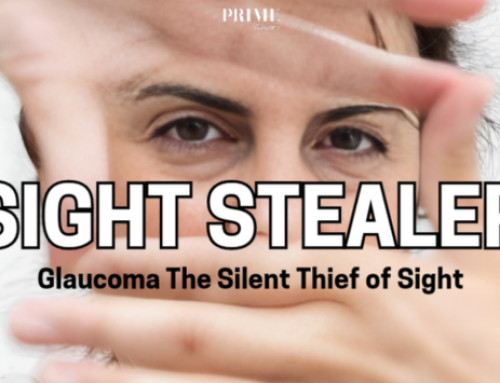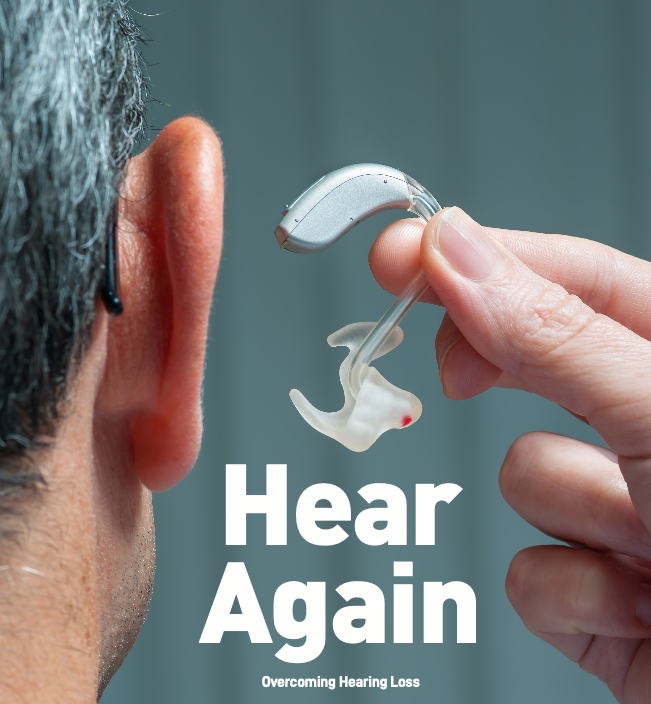
Imagine somebody saying this to you, “won upon a time, a itty mow when to vit a untry mow. The untry mow live in a feel. Ece wuz lad to shee hi zittyfren. ILA too my ran abowda feel and lay unt noo.* What is the person saying again?! Well, the actual words are these: *once upon a time a city mouse went to visit a country mouse. The country mouse live in a fleld. He was glad to see his city friend. The two mice ran around the field and played until noon.*.
You might think that it is inconceivable that the latter would and up sounding like the former, but this is how a person suffering from hearing loss may have heard the sentence.
We are able to hear due to the 20,000 hearing hair cells in our cochlea inner ear. These cells, unlike those of birds and frogs, cannot regenerate once they are damaged. In Singapore, four in 1,000 are born with hearing loss and according to the National Health Survey, one in five people in their 50s suffer from hearing loss. The rate jumps to two in five for those in their 60s and by the time people hit their 70s and older, hearing loss impacts between 60-80% of people.
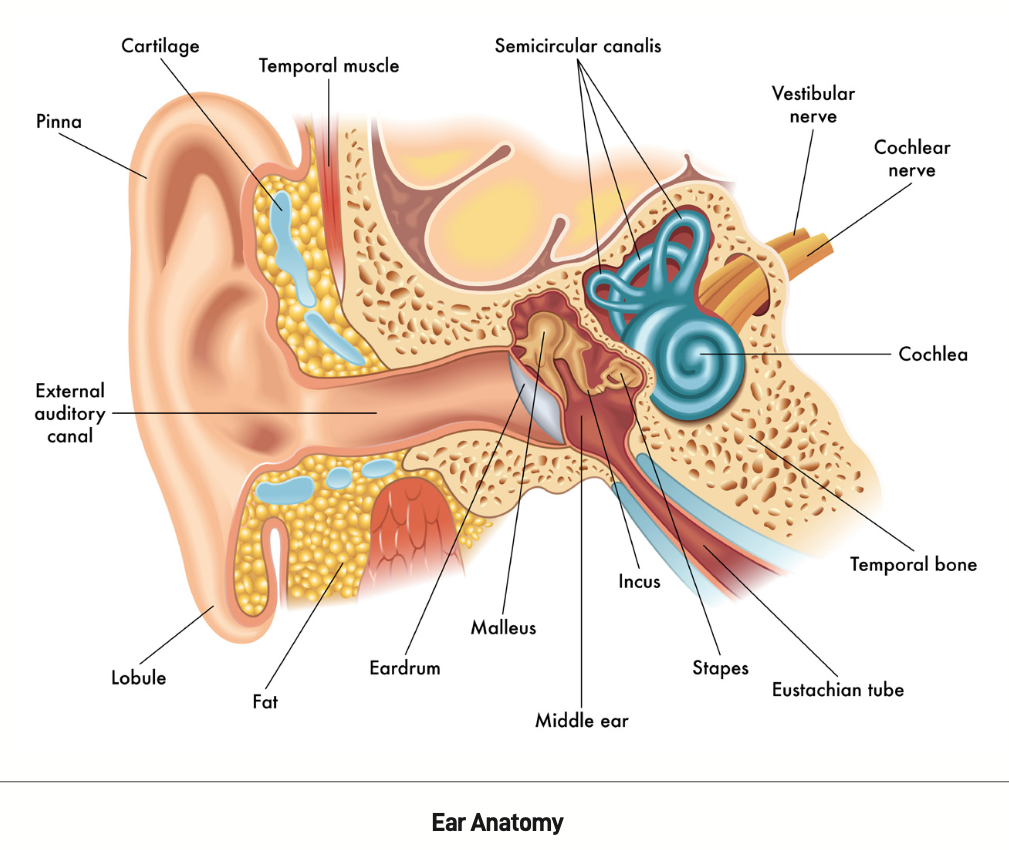
CAUSES
As you can see from the above statistics, age-related hearing loss is the leading cause of hearing loss worldwide. This is largely due to the sound sensory cells in the inner ear degenerating with ago. Besides age-related hearing loss, other common causes for hearing loss include:
- Noise-Related – This is the second leading cause of hearing loss worldwide. One in six teenagers are affected by this.Loud music, workplace noise and environmental noise can all lead to hearing loss over time. Thus, there is hazard in some occupations such as those who work in clubs and heavy industries, if proper ear protection is not used.
- Infection – Virus, bacteria or fungal infections such as rubella or cytomegalovirus, in the outer. middle or inner ear can happen spontaneously or due to ear picking, swimming or body infection.
- Congenital/Genetic – Four in 1,000 newborns in Singapore can suffer from congenital/genetic hearing loss. Maternal infections in pregnancy (e.g., cytomegalovirus, toxoplasmosis, herpes), genetic mutations (from either parent or spontaneously) as well as anatomical ear deformities and peri-natal events (such as prolonged intensive care, severe jaundice, hearing-toxic drugs or brain infections) can result in this form of hearing loss.
- Trauma/Drug – This type of hearing loss is a result of direct or blast head/ear injuries. Ear toxic drugs (e.g., some intravenous antibiotic or chemotherapy) can also result in hearing loss.
- Tumour – This is hearing loss resulted from ear or hearing nerve having a benign or cancer growth.
- Central Auditory Processing Disorder (CAPD) – In such cases, the ear is able to hear, but the brain does not process the sound information properly. CAPD is an underdiagnosed and often misdiagnosed condition in this part of the world. Undiagnosed, CAPD can result in learning difficulties in children, such as problems with reading, writing and spelling, as well as delays in speech and language.
- Auditory Neuropathy – This form of hearing loss is a result of sound transmission from the inner ear to the hearing nerve and brainstem being disordered.
- Poor General Health – Chronic conditions like diabetes, hypertension and bad lifestyle habits like smoking can increase the risk of hearing loss in individuals.
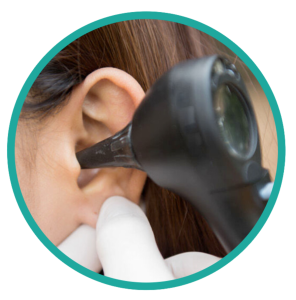
LEVELS
A person with normal hearing will be able to hear up to 25dB (decibels). However, for a person suffering from mild hearing loss, they will be unable to hear soft sounds or understand speech in noisy places (e.g., restaurants). They may also perceive others to be mumbling. As hearing loss becomes more severe, a person with moderate hearing loss may find even moderately loud sounds impossible to hear, especially if the person they are speaking to is slightly further away, or if there is background noise (e.g., air- conditioner or TV noise).
At the further end of the scale, a person with severe hearing loss will need to shout just to converse, if they do not have hearing amplification. And finally, for a person suffering from profound hearing loss, speech reading, sign language or cochlear implant surgery will be needed.
Hearing loss can affect many aspects of life. It reduces one’s confidence and ability to learn; it can also adversely affect one’s social and work life, ultimately reducing the person’s quality of life. Depression, dementia and memory loss are two to five times more likely in a person with hearing loss.
For the elderly, the risk of falls and hospitalisation from mild hearing loss alone is three times more than before the commencement of hearing loss. There is also so much effort spent guessing what others are saying that there is little brain space left for memory and other functions. Scans show that areas of the brain associated with sound and speech processing shrink with hearing loss. As a result, sounds of water boiling, oncoming traffic, alarms and instructions may be easily missed.
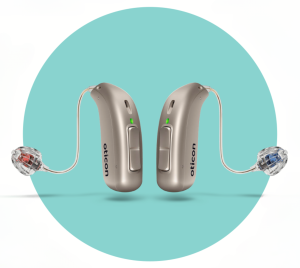
TREATMENTS FOR HEARING LOSS
it is important to first exclude any treatable or dangeroushearing conditions, such as infections or nerve tumours. For treatable conditions, medication, surgeries and radiation therapy can be helpful in addressing hearing loss. For permanent or impaired hearing loss due to age, congenital defects or disease, highly sophisticated hearing aids are now available, although patient awareness levels and take-up rates remain low. And where hearing aids are not sufficient, middle ear implants, bone anchored hearing aids and cochlear implants are ideal. These wondrous advancements in science now allow even a patient with total deafness to hear again and communicate with their loved ones.
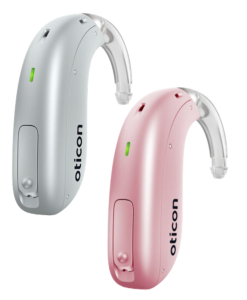
HEARING AIDS
Modern advanced hearing aids have many features which can help the hearing impaired to rehabilitate up to 90% of their hearing loss and thus, greatly improve their quality of life. These features include things like noise cancellation, directional microphones and reduced feedback. Let us now learn more about these amazing devices.
A hearing aid has three basic components. It has a microphone, which picks up different sounds and converts them into electrical signals; an amplifier, which converts the electrical signals from the microphone into digital signals and can be tuned according to the user’s hearing loss and hearing needs; and a receiver, which plays the amplified sound to the ear.
Older analogue hearing aids mainly convert sounds into electrical signals and make the signals louder. In contrast, newer digital hearing aids use complex sound processing technology to first convert sounds into numerical codes, which contain information about the loudness and pitch of a sound. The sounds can then be adjusted based on the users’ specific hearing loss patterns and hearing needs in different listening environments (e.g., noisy meetings, listening to music, etc.). It can be programmed to improve speech recognition in noise and to reduce background noise. In terms of features, most advanced hearing aids have the following:
- Noise-Cancellation and Reduction Algorithm- Differentiates speech from noise, and manages wind, car of and background noise.
- Directional Microphones – Digitally focus on the specific sound source around the user that the user wants to hear.
- Reduced Feedback – Less squealing sounds via feedback cancellation circuit, and thus, less need to reduce the volume.
- Tinnitus Relief – Hearing improvement and sound therapy or customised to reduce ringing in the ears
- Connectivity – Connects hearing aid directly to TV, computer and handphone. Incoming handphone calls and TV sounds are wirelessly, directly and discretely sent to the hearing aid without needing to put the phone to the ear. The user can control the volume of the hearing aid from a handphone.
- Different Styles – There are different types of hearing aids for different severity of hearing loss, comfort, dexterity and personal preference. These include ones that are fitted behind the ear with speaker in canal (RIC) or a little tube (BTE: and those that fit in the ear (IC/CIC/ITE).
It should be noted that hearing aids require professional medical advice to fit and adjust. It is a matter of both science and art. A hearing aid, far from being a mere accessory, is a sophisticated medical device and individualised treatment is important to ensure optimal rehabilitation.
Where hearing aids are not sufficient, middle ear implants, bone anchored hearing aids and cochlear implants are ideal. These wondrous advancements in science allow even a patient with total deafness to hear again and communicate with their loved ones.
Middle ear implants are surgically implanted devices that transmit sound to the middle ear or inner ear. They work by directly moving the bones of the middle ear, or by vibrating the membrane window of the cochlea. For these implants, there are semi-implantable and fully-implantable (“invisible”) types, with the latter having no external components. This type of implants is especially useful if the user’s middle ear bones are damaged beyond surgical repair, in canal atresia. They facilitate 24/7 all-day hearing and activities, and are suitable for individuals with mild-moderate hearing loss.
In terms of bone anchored hearing systems, these are surgically implanted systems that transmit sound directly to the inner ear. They bypass the ear canal and middle ear. These implants are useful in cases of severe unilateral hearing loss and absent ear canal. And as for cochlear implants, they are surgically implanted devices with electrodes inserted deep into the inner ear cochlear, directly stimulating the hearing nerve. These are used for persons with near total hearing loss.
In cases where hearing nerves are absent or injured, and cochlear implants cannot help, auditory brainstem implants can be surgically implanted in the brainstem, bypassing the ear, to rehabilitate hearing.
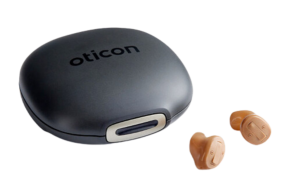
BE CONSIDERATE
To end, hearing loss is a profoundly disabling condition that can severely affect a person’s ability to communicate with other people around them. So, observe the following:
- Get the person’s attention when speaking to him/her so that he/she can focus on you. Speak to him/her one at a time.
- Give the person some quietness by switching off the TV, music and/or fan when speaking to him/her; and look for a quieter booth when in a restaurant. Remember that hearing aids are not glasses; while a hearing aid user can perceive sounds to be louder, the sounds are not 100% clear in noisy environments.
- Hearing loss can be tiring, understand that the person is doing his/her best to fill in the blanks of missing sounds. Speak clearly and slowly, and where necessary, repeat or rephrase yourself. Give the person time to think and speak.
- Be kind and considerate. Getting frustrated would only make the person want to opt out of communicating and be alone.
- Face the person when you speak to him/her, lip-reading can actually help the person to connect the dots when he/she cannot hear you clearly.
- Give the person context. If all the person hears is “ca ” knowing if the word is about animals (cat) or headgear (cap) helps.


